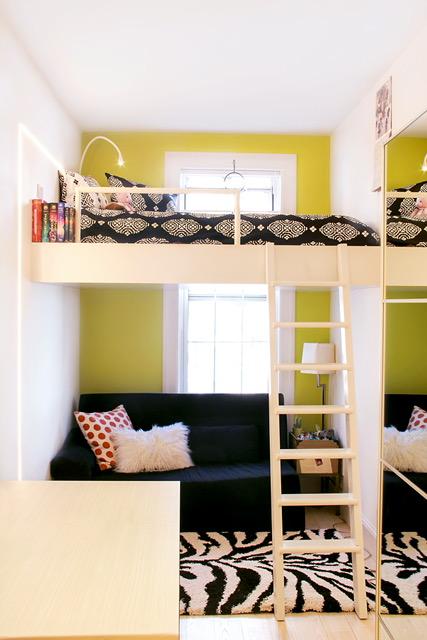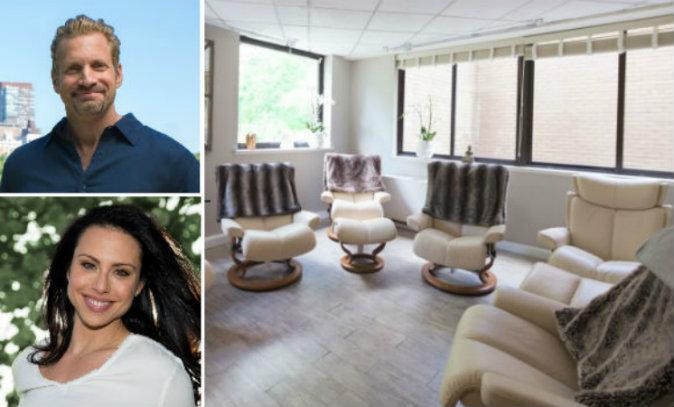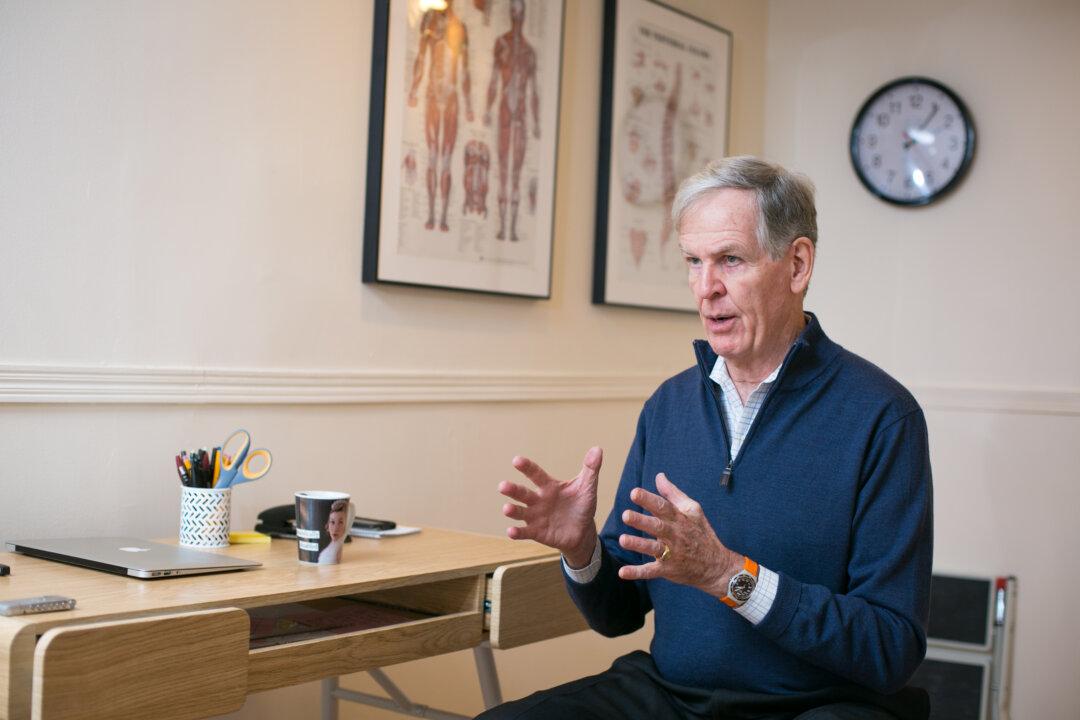What if architecture could be designed to nurture those who use the space and to promote their mental and physical well-being?
This is the question some pioneering architects are asking, while using this approach to create spaces that are both environmentally and “emotionally sustainable,” as New York-based architectural and interior designer Carolyn DiCarlo describes it.
View Gallery:
[gallery ids=“2240144,2240163,2240166,2240167,2240168”]
For 30 years, DiCarlo has been designing spaces that both support the environment and nurture the well-being of inhabitants. She has worked on spaces ranging from corporate offices and homes to music halls, temples, and Michelin-starred restaurants.
“We are sensitive to our environment and we are impacted by it, and yet we’re kind of oblivious to it,” DiCarlo said, at a recent event at the Ash Center for Comprehensive Medicine showcasing leading New York health gurus.
DiCarlo majored in the philosophy of architecture at Oberlin College and studied at the Institute of Architecture and Urban Studies, and Harvard University’s Graduate School of Design. But she also took her education further—studying everything from Plato’s ideas on universal beauty and geometric proportion, to feng shui, to the architecture of ancient cultures.
The process was transformative for DiCarlo, as she found links between mankind’s greatest architectural triumphs and the reasons it “just feels good” to be in them.
“It can be light, color, proportions of rooms, or even about the direction that you face in terms of certain rooms, that can affect your mood and your well-being,” she said.





